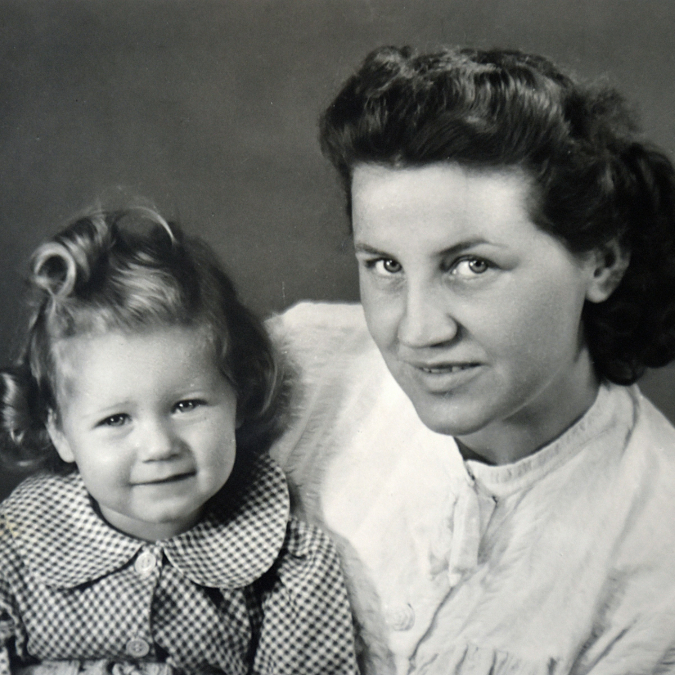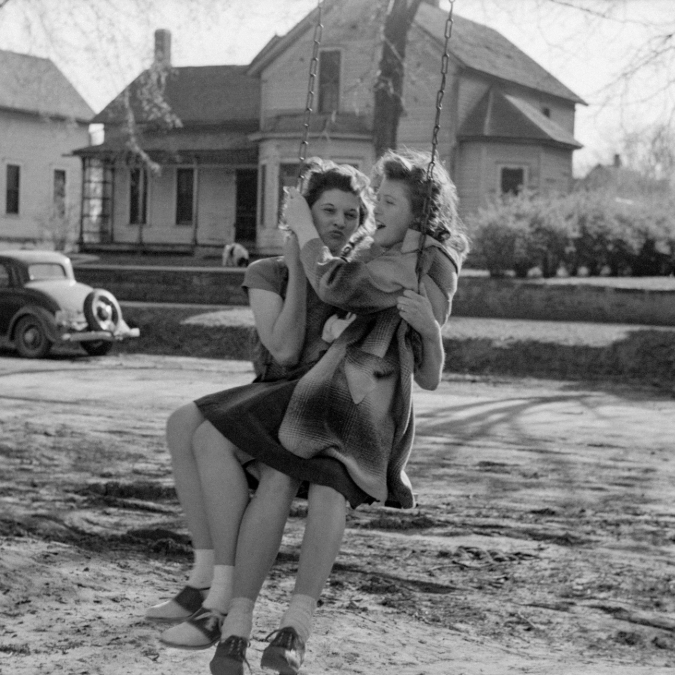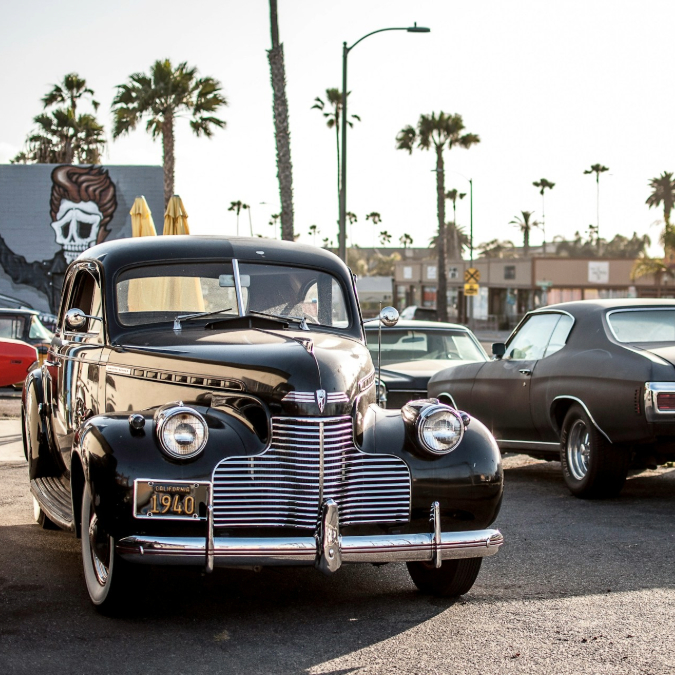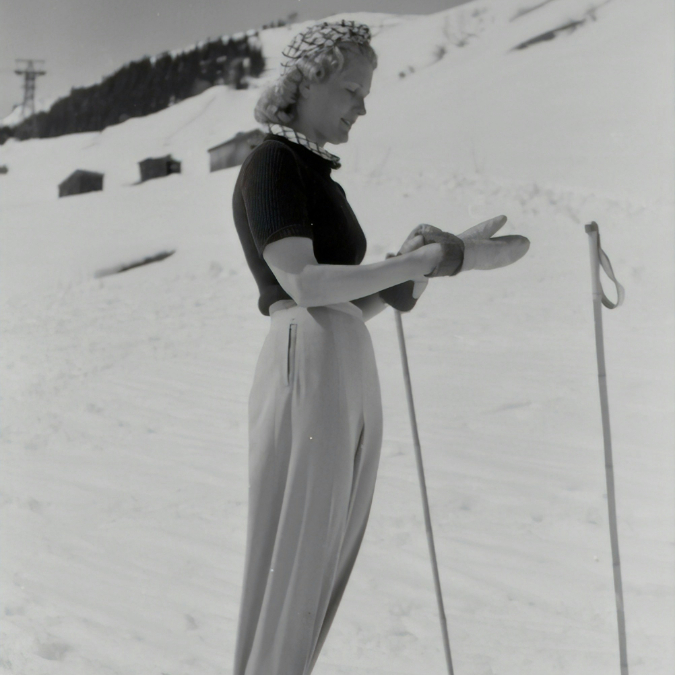If you’re a history lover who’s also interested in finance, you might be wondering, what was the cost of living in 1940? That year, World War II was raging in Europe. The demand for supplies began to stimulate the American economy and aided in our recovery from the Great Depression.
The unemployment rate was still relatively high in 1940, so we weren’t totally out of the woods yet. But over the course of the decade, economic conditions continued to get better and better for Americans. To fully understand the cost of living in 1940, let’s take a look at average prices from back then.
The Cost of Living in 1940
In 1940, the unemployment rate was still 14.6%, so the economy hadn’t fully recovered from the Great Depression yet. For those employed, the average annual income was only $1,725. However, wages rose over the course of the decade, increasing the amount of disposable income American families had to spend on consumer goods. By 1949, the average income nearly doubled to $2,950. Unemployment also fell throughout the 1940s, dropping to 5% by 1950.
Cost of Food in 1940
One of the biggest expenses Americans had to cover on their modest incomes was food. In 1941, families spent an average of 30% of their income on food, a much higher percentage than Americans do today. In 2022, food costs families about 11% of their earnings.
Food prices also increased about 11% from 1941 to 1942, which was hard on people’s wallets. By 1942, the government even started rationing certain foods like coffee and sugar to support the war effort. Victory gardens became popular to ensure adequate food supply and nutrition.
Check out the average food prices below to get a better sense of the cost of food in the 1940s.
Item | 1940s | |
| Sliced Bacon | $0.59/lb | $6.56/lb |
| Premium Steak | $0.69/lb | $10.59/lb |
| Butter | $0.18/lb | $4.48 |
| Flour | $0.05/lb | $0.56/lb |
| Dozen Eggs | $0.69 | $2.52 |
| Box of Cereal | $0.17 | $5.39 |
| Chocolate Bar | $0.05 | $1.12 |
| Loaf of Bread | $0.13 | $2.00 |
| Potatoes | $0.03/lb | $0.89/lb |
| Tomatoes | $0.29/lb | $2.00/lb |
| Bananas | $0.11/lb | $0.62/lb |
| Coffee | $0.42/lb | $5.96/lb |
| Ground Beef | $0.55/lb | $5.13/lb |
| Whole Chicken | $0.55/lb | $1.99/lb |
Cost of Major Purchases in 1940
According to PBS, Americans had much more spending power and disposable income starting in the late 1940s. However, at the beginning of the decade, the economy and American families were still in recovery mode.
Many people lost their savings during the Great Depression, which would’ve made it more difficult to afford major purchases like homes and cars. People lived frugally and simply during this time, especially after rationing began to support the war effort.
Item | 1940s |
| Monthly Rent | $12 to $34 depending on state |
| New Car | $850 |
| New House | $3,920 |
| Gas | $0.11 per gallon |
| Mattress | $38 |
Cost of Having Fun
The cost of living in 1940 was still tough for families to afford. Budgets were tight, so there wasn’t much wiggle room for entertainment. Families enjoyed simpler pastimes like playing board games and participating in outdoor activities like roller skating and biking. They listened to the radio and occasionally attended parties, movies at the theater, and sporting events.
To give you an idea of the cost of living in 1940, here are the prices of luxuries like sports equipment, toys, and perfume.
Item | |
| Women’s Handbag | $10.50 |
| Aftershave Set | $5.00 |
| Skis | $27.50 |
| Barn Toy Set | $4.95 |
| Doll | $2.95 |
What do you think of the cost of living in 1940 and how it compares to today? Share your thoughts in the comments!
Read More
What Was The Cost of Living in 1935?
What Was The Cost of Living in 1978?

Vicky Monroe is a freelance personal finance and lifestyle writer. When she’s not busy writing about her favorite money saving hacks or tinkering with her budget spreadsheets, she likes to travel, garden, and cook healthy vegetarian meals.




